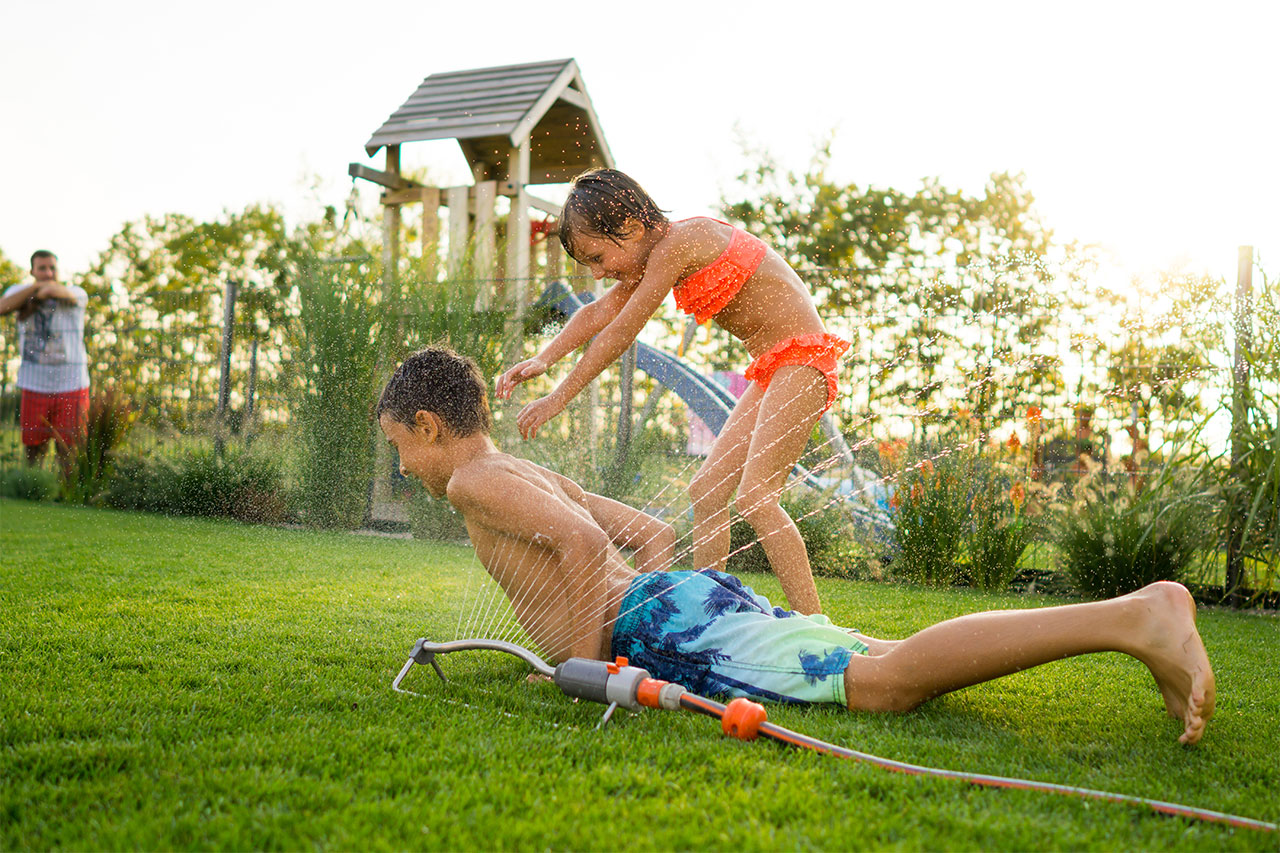FAQs: Summer Lawn Care in Southeastern North Carolina

A fresh breeze, higher temperatures, and plenty of seasonal blooms: summer is here in southeastern North Carolina!
If you’re a long-time resident here along the coast, you know that certain weather conditions mean that a lush, green lawn needs a certain amount of care to stay that way through the end of the season.
But if you’ve only just arrived at your new home in our region, the Michelle Clark Team has a few tips for you to get started on having the backyard of your dreams.
Know your foundation.
Southeastern North Carolina has a reputation for sandy soil, which is understandable considering our proximity to some breathtaking beaches. However, you have to take the good with the bad, while sandy beaches are great for sunbathing, sandy soil isn’t ideal for gardening as it lacks many nutrients that plants need.
As such, when you prepare to plant new greenery, you’ll want to make sure you’re selecting shrubs, trees, vegetables, and flowers that all thrive in those conditions so that your efforts aren’t wasted. Some perennial, flowers, and shrubs that have proved to thrive in this area include:
- Azaleas
- Lantana
- Coneflower
- Roses
- Rosemary
- Irises
- Daffodils
- Wax myrtle
- Sea lavender
- Marigold
Plan ahead.
If you already developed a green thumb in your former town, you probably have a few favorite plants that you want to cultivate in your new yard.
Before you do, be sure to do some research and make sure that they will flourish in their new home. If there are any potential threats to their survival – the soil, precipitation amounts, climate – consider the possibility of planting them in pots or even moving them inside where you can better control their environment.
It looks like rain.
Periodically, our region experiences some significant summer rainfall. To avoid losing ground in your garden, set up a barrier around its edges that will help in case of any runoff from a summer downpour.
If you live on or at the end of a downward slope, consider hiring a professional to help with some landscaping solutions that will help redirect more substantial rainfall to more convenient areas of your lawn for optimal soil hydration.
[Need a landscaper? Click here!]
The heat is on.
Now that you’re getting settled into your new home, you might also be acclimating yourself to our summer temperatures. It can get a little hot here during the season, so you might want to invest in a sprinkler system to keep the grass and other plants from drying out, especially if you plan on taking any trips this summer.
Besides, if you and the kids need a way to cool down, there’s plenty of fun to be had with this modification for your yard!
Resist the urge to fertilize.
If your lawn is looking barren this summer, resist the urge to fertilize. Applying extra fertilizer in the heat of the summer months has the potential to damage your lawn severely.
Prepare your lawn for summer by fertilizing in the spring, stopping at least 30 days before hot temperatures arrive.
Avoid infestations.
Lawns that are dormant or drought-stressed are a welcome sight to insect infestations from pests such as fire ants, mosquitoes, fleas, chinch bugs, and more. Smaller infestations will often take care of themselves, but if serious problems persist, leave it to the professionals.
Follow these steps and transform your lawn into your own personal getaway this summer!
And when you need a break from the summer sun and all your hard work in the soil, check out more of our tips and local insights on The Michelle Clark Team blog.
